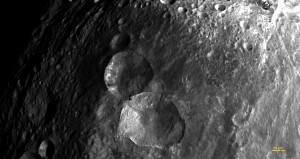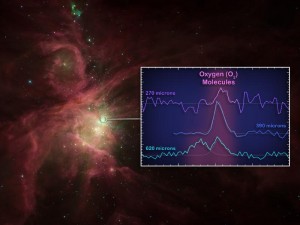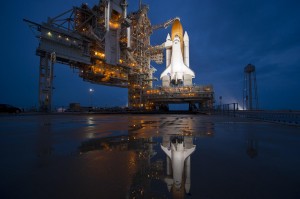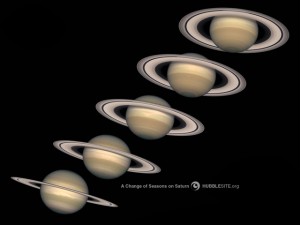Although the mission website is written in the future tense, NASA’s spacecraft Dawn is operating in the present tense. As of August 11, Dawn has been actively studying the asteroid Vesta in an attempt to clarify the creative processes of our early solar system. As the photo above shows, Vesta is a dry asteroid with a basaltic surface formed approximately 4.5 billion years ago. The surface has remained mostly intact ever since (that is, there is not sign of later extrusions of lava from the interior of the asteroid), although it does seem to be significantly cratered in certain sectors. In surveying the asteroid and comparing the results to other objects with origins in the early solar system, NASA hopes to determine the “evolutionary path” objects have followed during their (very long) lives.
Using three different instruments, (a visible Framing Camera, a Visible and Infrared Mapping Spectrometer, and a Gamma Ray and Neutron Spectrometer), Dawn is attempting to capture data that will reveal both the external and the internal characteristics of Vesta. The framing camera is providing images of object in the visible range of the spectrum. The Visible and Infrared Mapping Spectrometer is taking measurements for comparison with laboratory samples to determine Vesta’s mineral composition. The Gamma Ray and Neutron Spectrometer is measuring the energy from gamma rays and neutrons emitted by or bounced off the asteroid. With these measurements, the research team will be able to determine the elemental composition of the asteroid as deep as three feet below the surface.
After Dawn finishes it survey of Vesta, it will move on to study of the dwarf planet Ceres. Ceres is quite different from Vesta—it has a “primitive surface” containing water-bearing minerals and appears to be similar to several of the icy moons of the outer planets of the solar system. It’s possible it may have a weak atmosphere. We’ll know soon (relatively speaking). Dawn is scheduled to depart Vesta in July 2012 and arrive at Ceres in February 2015. Once the Ceres survey is completed, NASA should be able to make an informed comparison of the paths different objects followed during the early years of our solar system.
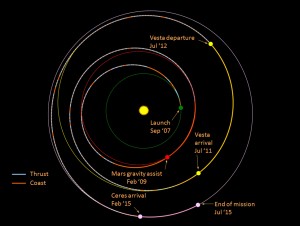
Dawn baseline interplanetary trajectory for primary mission. Dashed lines represent orbits of Mars, Vesta, and Ceres. Image credit: NASA/JPL-Caltech/UCLA/MPS/DLR/IDA
